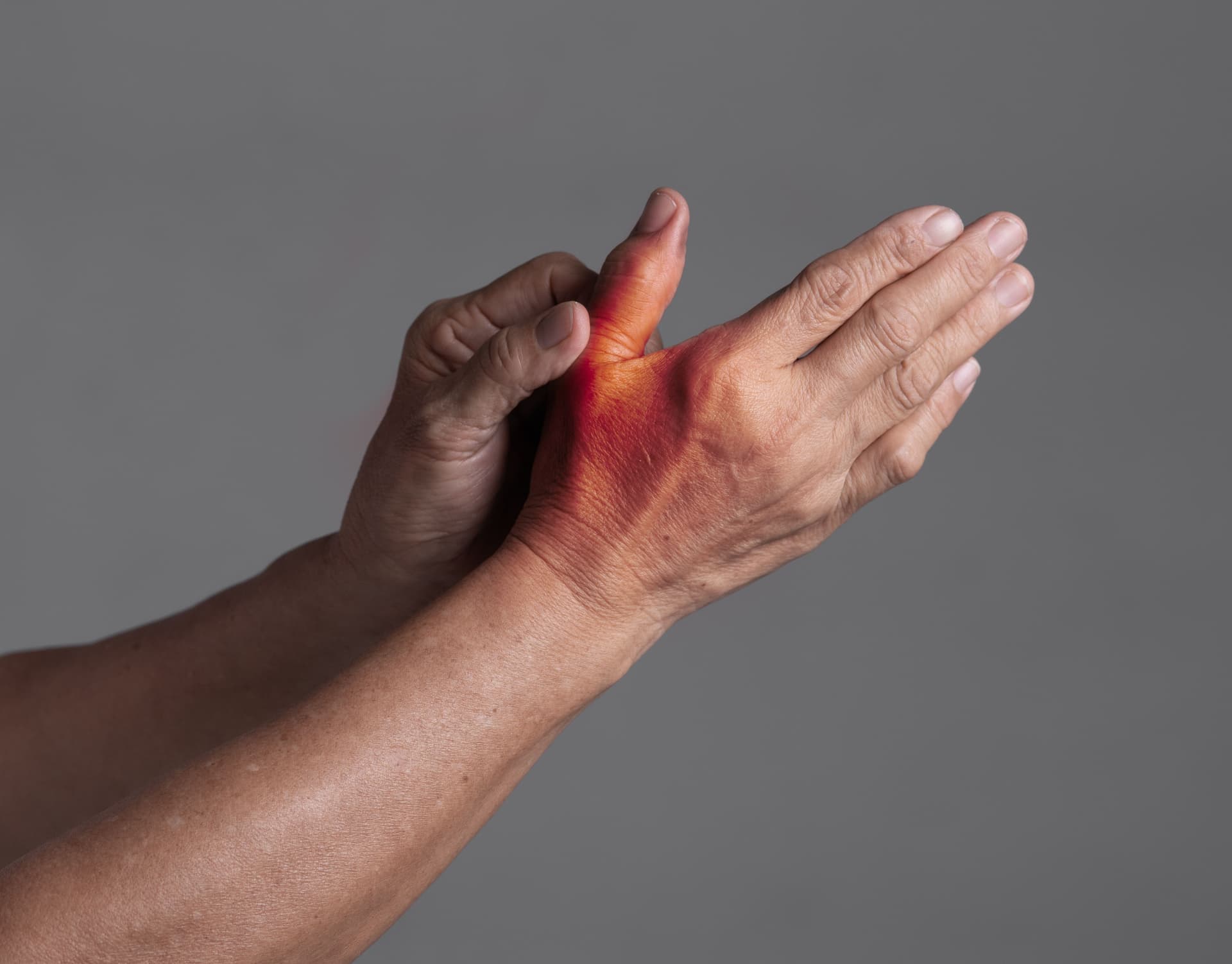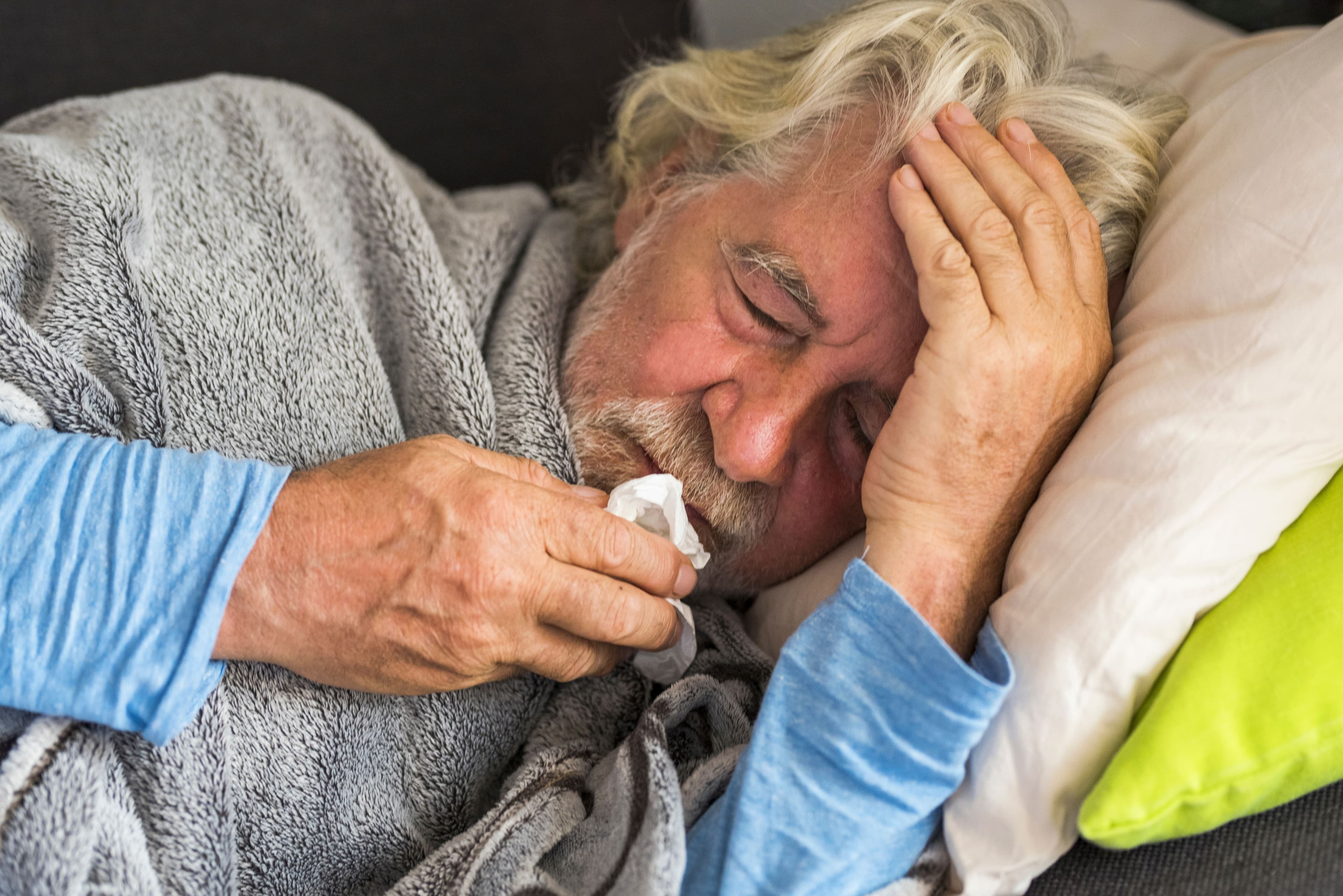Nursing homes are home to some of the most vulnerable individuals in our society—seniors with weakened immune systems, chronic illnesses, and limited mobility. While some infections are difficult to avoid, too many are the result of poor hygiene, neglect, or inadequate care. Infections not only cause pain and suffering; they are also a leading cause of hospitalization and death in long-term care. When a loved one is harmed by a preventable infection, families deserve answers and the opportunity to pursue justice.
Why Are Nursing Home Residents at Higher Risk for Infections?
There are several factors that make nursing home residents particularly susceptible:
- Age and Weakened Immune Systems: Seniors are naturally more vulnerable to infection.
- Chronic Illnesses: Diabetes, heart disease, and other chronic conditions can hinder the body’s ability to fight off bacteria and viruses.
- Mobility Issues: Residents who are bedridden or have limited mobility are at higher risk for pneumonia, urinary tract infections (UTIs), and pressure ulcer infections.
- Close Living Quarters: Shared rooms and common areas increase the chance of disease transmission.
- Use of Medical Devices: Catheters, feeding tubes, and IVs can introduce bacteria if not managed correctly.
While these risk factors are unavoidable, it is the facility’s responsibility to take all possible steps to minimize infection risks and respond quickly to symptoms.
Common Types of Infections in Nursing Homes
Some of the most prevalent—and dangerous—infections include:
- Urinary Tract Infections (UTIs): Especially common in residents with catheters or incontinence.
- Respiratory Infections: Including pneumonia, bronchitis, and flu, which can quickly spread among residents.
- Gastrointestinal Infections: Such as norovirus or Clostridioides difficile (“C. diff”), often linked to poor hand hygiene and contaminated surfaces.
- Skin Infections: Pressure ulcers (bedsores), cellulitis, or infected wounds.
- Bloodstream Infections: Sepsis, which is life-threatening and can result from untreated infections elsewhere in the body.
How Should Nursing Homes Prevent Infections?
Nursing homes are required to have robust infection control policies and procedures, including:
- Strict Hand Hygiene: Regular hand washing by staff, residents, and visitors is the most effective way to prevent the spread of disease.
- Proper Use and Cleaning of Equipment: Medical devices, linens, and surfaces must be sanitized regularly.
- Isolation Procedures: Residents with contagious illnesses should be isolated when appropriate to prevent outbreaks.
- Vaccinations: Staff and residents should receive recommended vaccines for flu, COVID-19, and pneumonia.
- Staff Training: All employees must be trained in recognizing, reporting, and managing infection risks.
- Prompt Medical Attention: Early recognition and treatment of infections can prevent complications and death.
When facilities cut corners or fail to enforce infection control measures, outbreaks and preventable deaths are far more likely.
Warning Signs of Infection and Neglect
Families should be vigilant for:
- Fever or Chills: Sudden temperature spikes or ongoing low-grade fever.
- Confusion or Lethargy: New or worsening confusion can be an early sign of infection, especially in elderly patients.
- Pain or Discomfort: Especially during urination or in specific areas of the body.
- Coughing, Shortness of Breath, or Chest Pain: Signs of respiratory infection.
- Redness, Swelling, or Drainage from Wounds: Indications of skin or wound infection.
- Gastrointestinal Symptoms: Nausea, vomiting, diarrhea, or abdominal pain.

Repeated infections, multiple outbreaks, or unexplained health declines may indicate chronic neglect or substandard infection control practices.
When Is a Nursing Home Legally Responsible?
A facility may be held liable if:
- Infection control procedures are not followed or enforced
- Staff fails to recognize or respond to infection symptoms promptly
- Medical devices (like catheters) are not managed according to best practices
- Records are falsified or incidents are not reported to families or authorities
- There is a pattern of similar infections or outbreaks
If a loved one is hospitalized, seriously injured, or dies due to an infection that could have been prevented, you have the right to demand accountability.
Steps for Families
If you suspect infection-related neglect:
- Request Medical Records: Obtain detailed documentation of your loved one’s condition, treatments, and facility infection control practices.
- Ask Questions: What steps did the facility take to prevent or address the infection? Are there any similar cases among other residents?
- Document Everything: Keep your own records of symptoms, conversations, and the facility’s response.
- Report to Authorities: Contact the local health department or long-term care ombudsman if you believe there is ongoing danger.
- Seek Legal Advice: Protect Seniors Law Firm can help you investigate, gather evidence, and pursue a claim against a negligent facility.
How Protect Seniors Law Firm Helps
The attorneys at Protect Seniors Law Firm are committed to exposing and remedying infection-related neglect in nursing homes:
- Investigate Facility Practices: Examining staffing, infection control logs, and staff training records.
- Work with Medical Experts: Determining how and why an infection occurred, and whether it could have been prevented.
- Pursue Justice: Seeking compensation for medical bills, pain and suffering, and wrongful death when appropriate.
- Promote Safer Practices: Legal actions can force facilities to improve training, protocols, and transparency for all residents.
Conclusion
Preventable infections in nursing homes are a sign of unacceptable care. Families who have suffered due to neglect have legal rights and powerful allies in Protect Seniors Law Firm. By demanding accountability, you can help protect your loved one—and every senior in care—from needless suffering.

